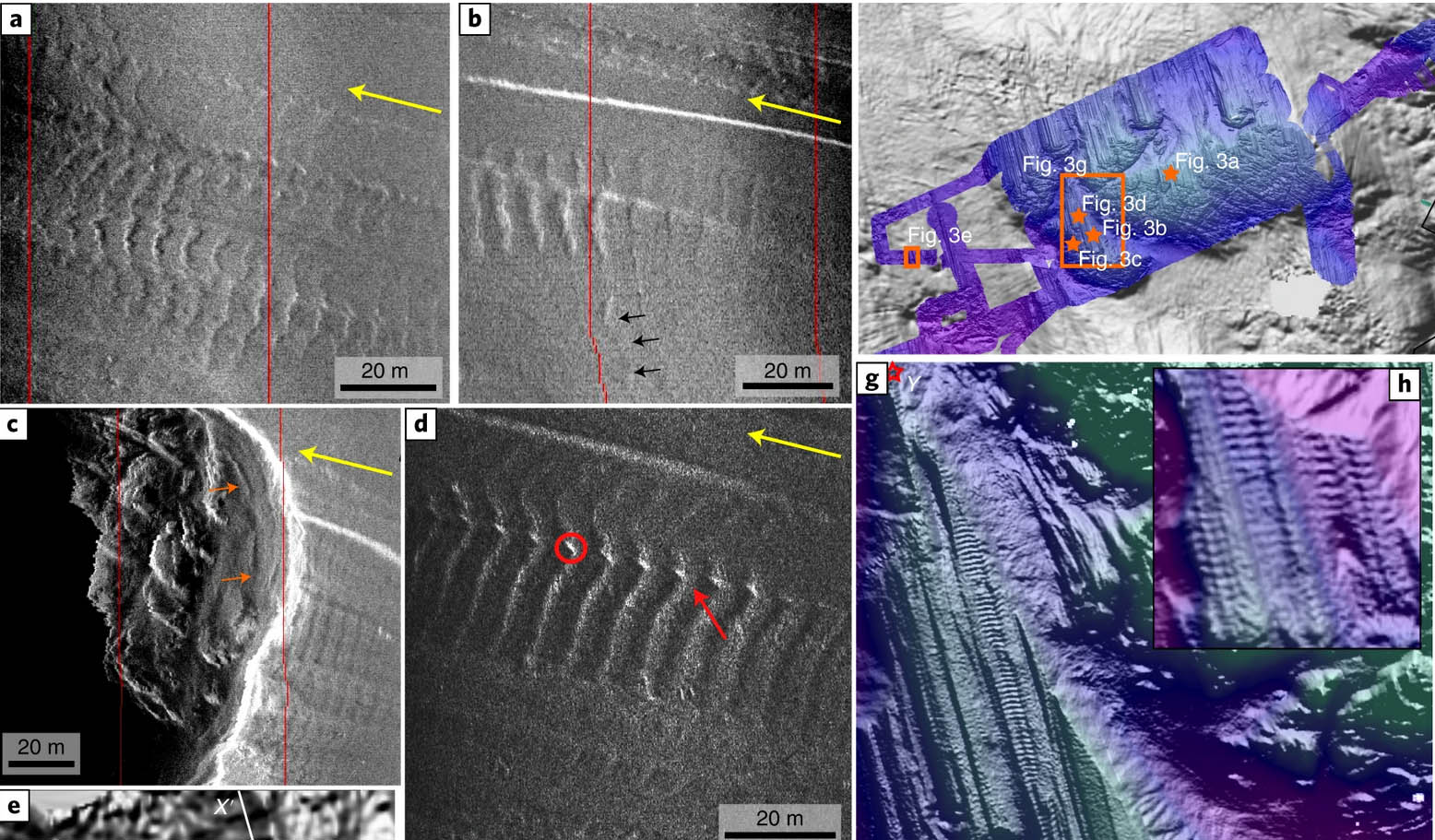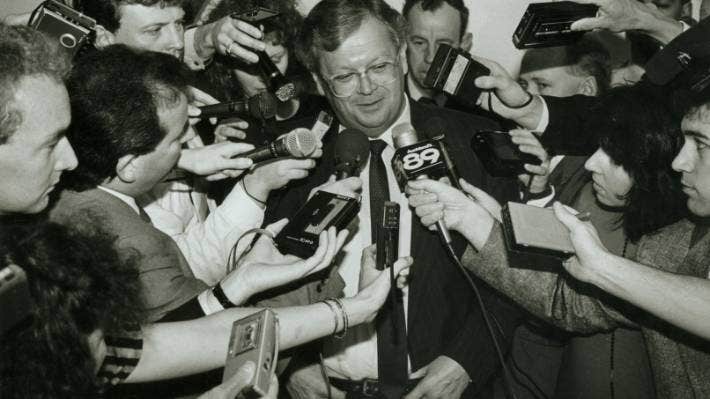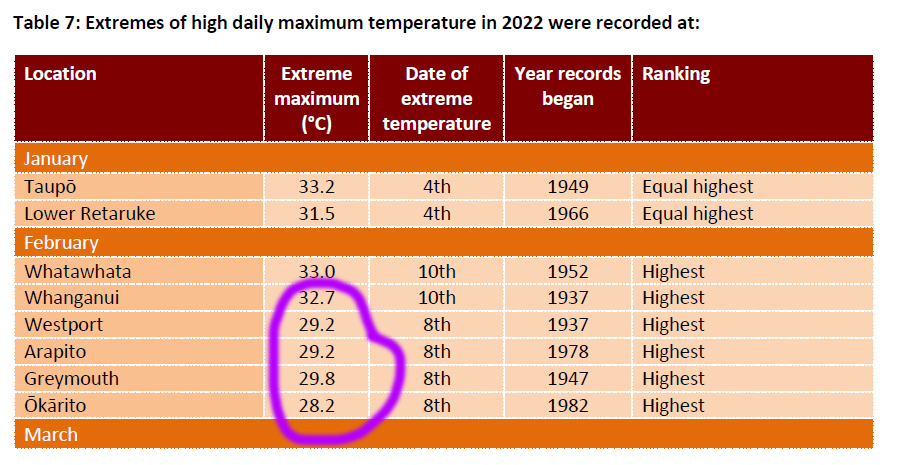
By Curtis Morgan
Finally, perhaps only temporarily, BP on Thursday managed to corral a raging gusher that for 85 days pumped a monstrous, shifting stain of crude across the Gulf of Mexico, cost coastal communities in four states tens of billions of dollars and left a trail of sick and dead wildlife that scientists predict will only widen in coming years.
Doug Suttles, BP’s chief operating officer, cautioned it was still early in a critical 48-hour pressure test intended to assess whether a massive new cap could control the jetting oil and gas without triggering a new, potentially worse blowout in the well deep underground.
Company engineers were “nowhere close” to declaring success, Suttles said during a news conference in Dauphin Island, Ala. But he acknowledged it felt like the oil giant’s long, often-stumbling siege on the sea floor had turned a corner. “It’s an encouraging sign,” he said. “In a couple days, it may be more encouraging.”
On Pensacola’s Perdido Key Beach, where tourists remain scarce though a flurry of tarballs has long since been hauled away, they were ready to crack a beer in relief.
“It’s about time,” said Janee Miller, a regular visitor from Arkansas saddened by the ghost town atmosphere. “I’m sure it’s more complicated and scientific than I can wrap my head around right now, but I do know that’s wonderful news.”
But BP executives, echoed by the commander of the federal response task force, stressed the new, 75-ton piece of plumbing placed atop the leaking well isn’t intended to serve as a plug. It was built to capture most, and perhaps all, of the oil and gas flowing from the well and siphon it to ships.
“We’re encouraged by this development, but this isn’t over,” said retired Coast Guard Adm. Thad Allen in a statement.
Allen said a federal science team, along with BP, would monitor pressure gauges during the tests, looking for a steady 8,000 to 9,000 pounds per square inch inside the well. Low pressure or sudden drops in pressure would be a telltale indicator of a leak somewhere inside the well. The teams were also will study acoustic and seismic data every six hours for evidence of leaking gas or oil from around the well.
For now, Allen said the working plan was to use the new cap to expand collection capacity up to 80,000 barrels a day _ more than the 30,000 to 60,000 barrels estimated flow _ to as many as four ships. Under that scenario, the new cap could be used to seal the well if a hurricane forces ships to flee the area.
But BP Vice President Kent Wells said if the well passes the pressure test, it raises an option to simply leave it capped off until the company finishes drilling relief wells that are considered the best option for permanently plugging the leak.
BP temporarily suspended work on the relief wells during the test, Wells said, to guard against the remote possibility an underground blowout might compromise that work.
Still, Wells also stressed caution. “We have to be careful. Depending on what the test shows us, we may need to open this well back up.”
Ken Arnold, an engineer and consultant who spent 16 years with Shell Oil, said once the well was shut in, pressures would rise within minutes and it probably won’t take long to detect trouble.
“If they have it shut in and nothing is happening, that’s all good news,” he said.






